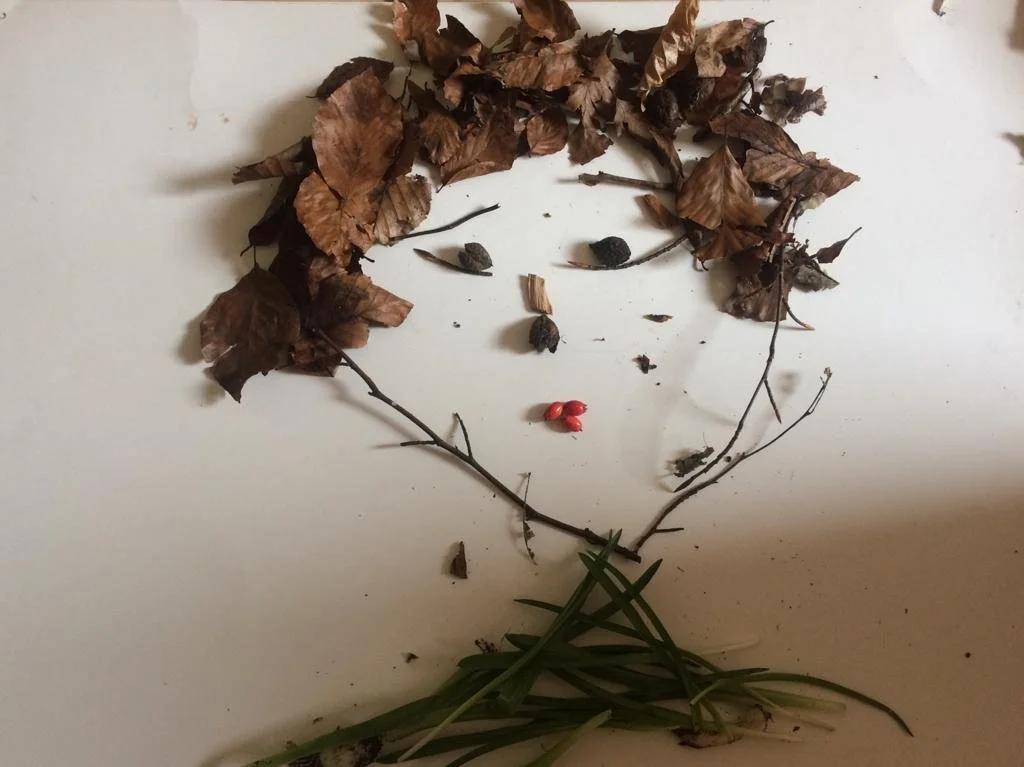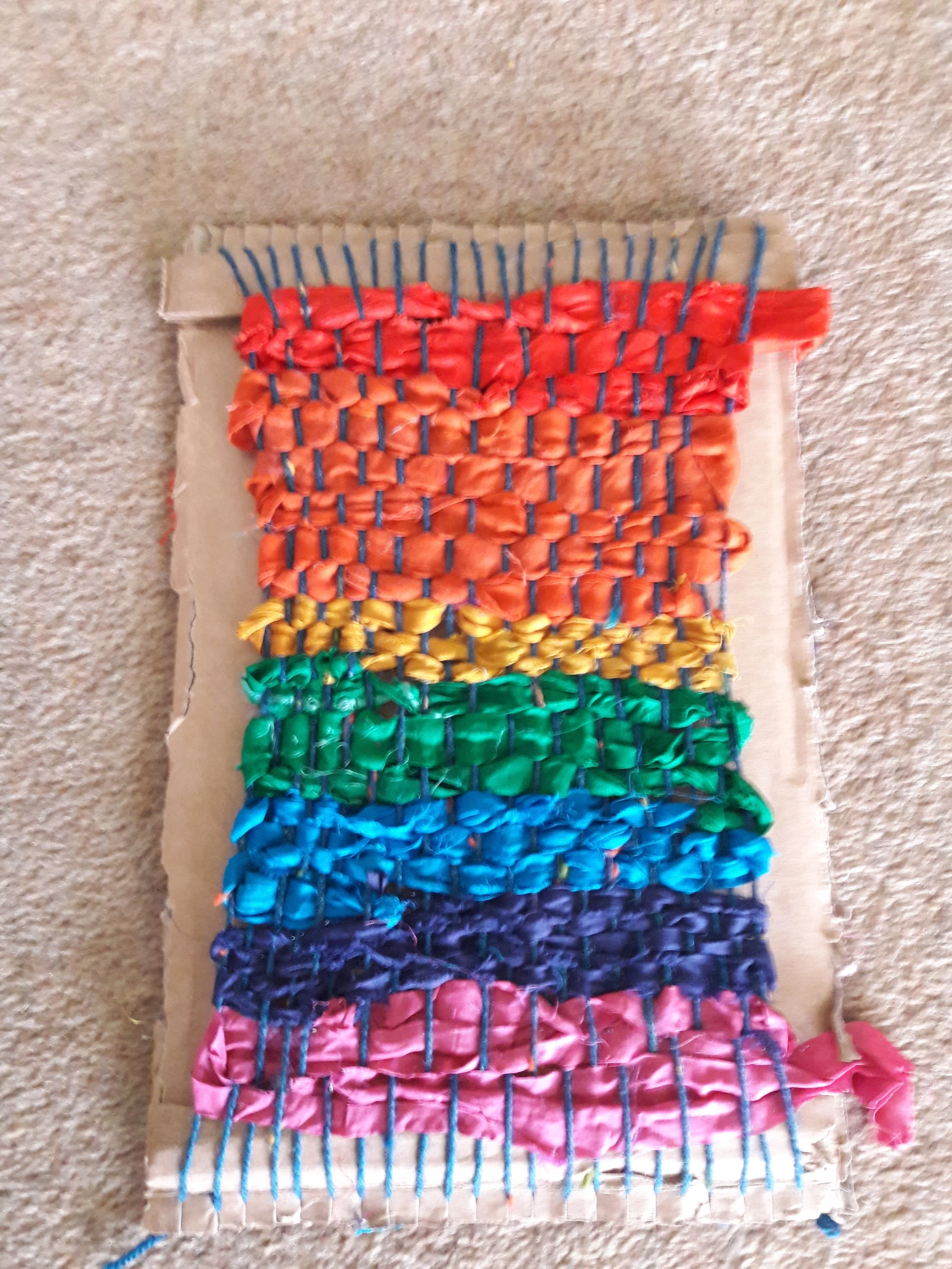My Approach
I understand that it can sometimes feel hard to be vulnerable and share your unique story and it can take time to develop that trust. I will gently work with you at your pace and check in with you during the therapy to make sure it feels right for you.
As an integrative psychotherapeutic counsellor, I use a variety of different approaches tailored to your individual needs. I specialise in creative therapy and ecotherapy.
Creative Approach:
This approach uses artistic expression as a way to explore emotions, process experiences, and promote healing. These methods are especially powerful because they go beyond words—allowing people to express what may be too difficult, confusing, or painful to say out loud.
For children and young people, creative therapies like art or play therapy help build emotional awareness, improve self-esteem, and offer a safe outlet for expressing thoughts and feelings they might not yet have the language for. It supports brain development, encourages imagination, and can reduce anxiety, especially for those who’ve experienced trauma or struggle in traditional talk-based settings.
For adults, creative therapies offer a way to reconnect with inner experiences, process unresolved emotions, and access deeper parts of the self. Art-making, writing, or movement can unlock memories and feelings that are stored nonverbally, helping people make sense of their experiences and find new meaning. These approaches also encourage mindfulness, reduce stress, and can reawaken a sense of joy and playfulness that is often lost in adulthood. Creative therapy supports healing by engaging the whole person—body, mind, and imagination—and can be a transformative path toward emotional well-being for all ages.
Some of the ways we can work together creatively include incorporating clay, painting, sandtray, story-making, imagery and creative visualizations, sound, movement, symbols and metaphors, textiles, nature walks and music and any interests you may have. Clients I have worked with previously have brought music, poems, games and crafts they enjoy into the sessions.
Ecotherapy:
What is Ecotherapy?
Ecotherapy is a nature-based approach to emotional well-being that supports children, young people, and adults through meaningful time outdoors—whether walking in the woods, gardening, crafting with natural materials, or simply sitting quietly in a natural space. Time in nature has been shown to reduce stress, lift mood, and support emotional regulation. Nature acts as a co-therapist to the work, offering calming rhythms, sensory experiences, and powerful metaphors that reflect our inner world. A winding path, a flower in bloom, or a fallen leaf can gently mirror personal challenges or moments of growth, helping clients access insight, express emotion, and reconnect with themselves and the world around them.
How Ecotherapy Can Help
For Adults:
Spending time in nature can be a powerful way to manage stress, anxiety, and burnout—especially when life feels overwhelming or too fast-paced. Ecotherapy offers a chance to slow down, unplug, and reconnect with the natural world. Research shows that time outdoors can lower stress hormones, lift mood, and even help with symptoms of depression. It can also improve sleep, focus, and overall well-being. For those going through grief or loss, being in nature with its changing seasons, can help explore emotions in powerful ways.
For Children and Young People:
Nature has a calming, grounding effect on children and teens. Ecotherapy helps with emotional regulation, encourages creativity, and supports social and brain development. Outdoor play and activities can improve attention (especially for children with ADHD), reduce anxiety, and ease hyperactivity. Nature also provides a break from pressure and screens—a safe space to reflect, build confidence, and feel more connected. It’s a playful, natural way to support emotional health and resilience.


